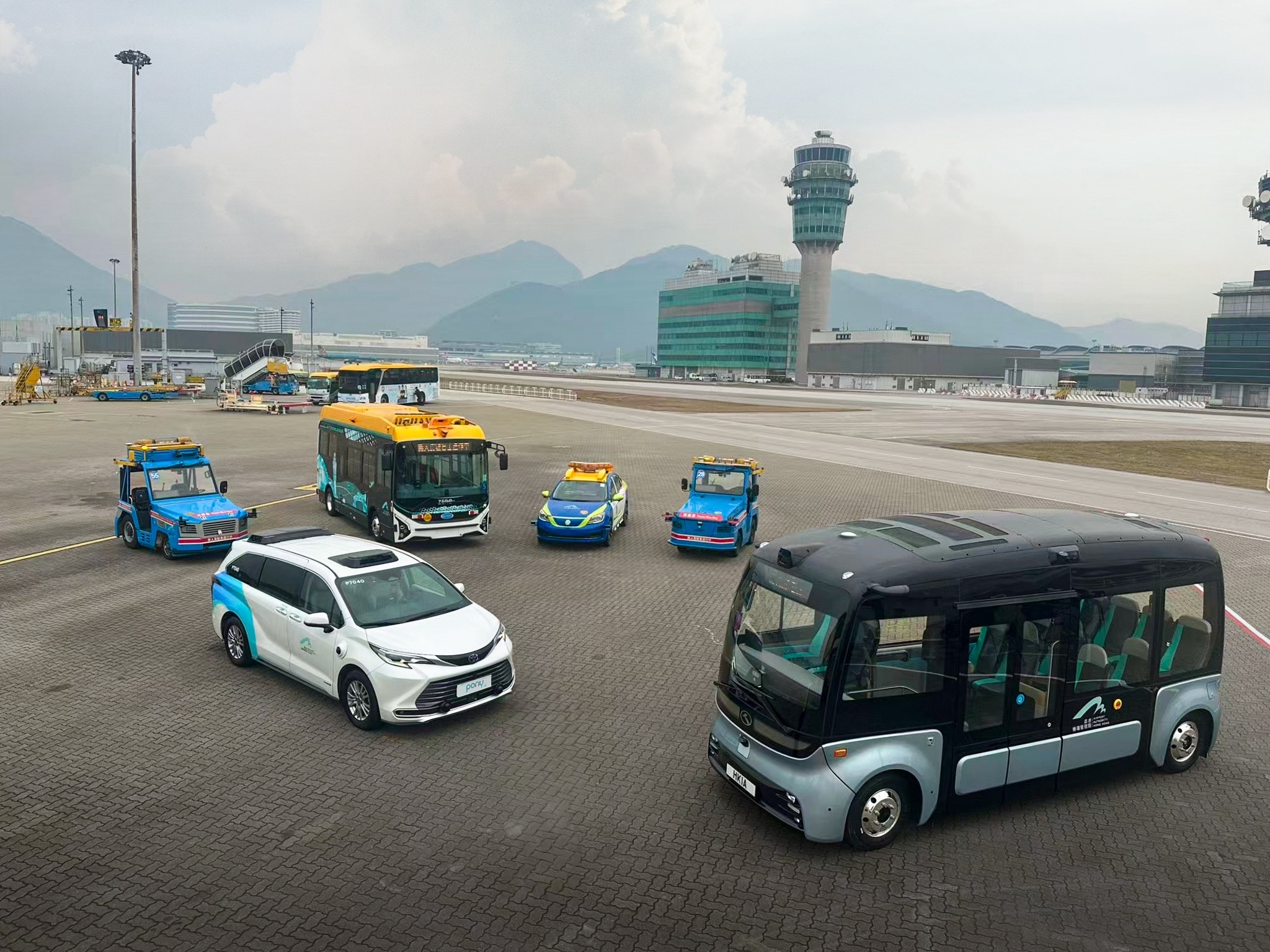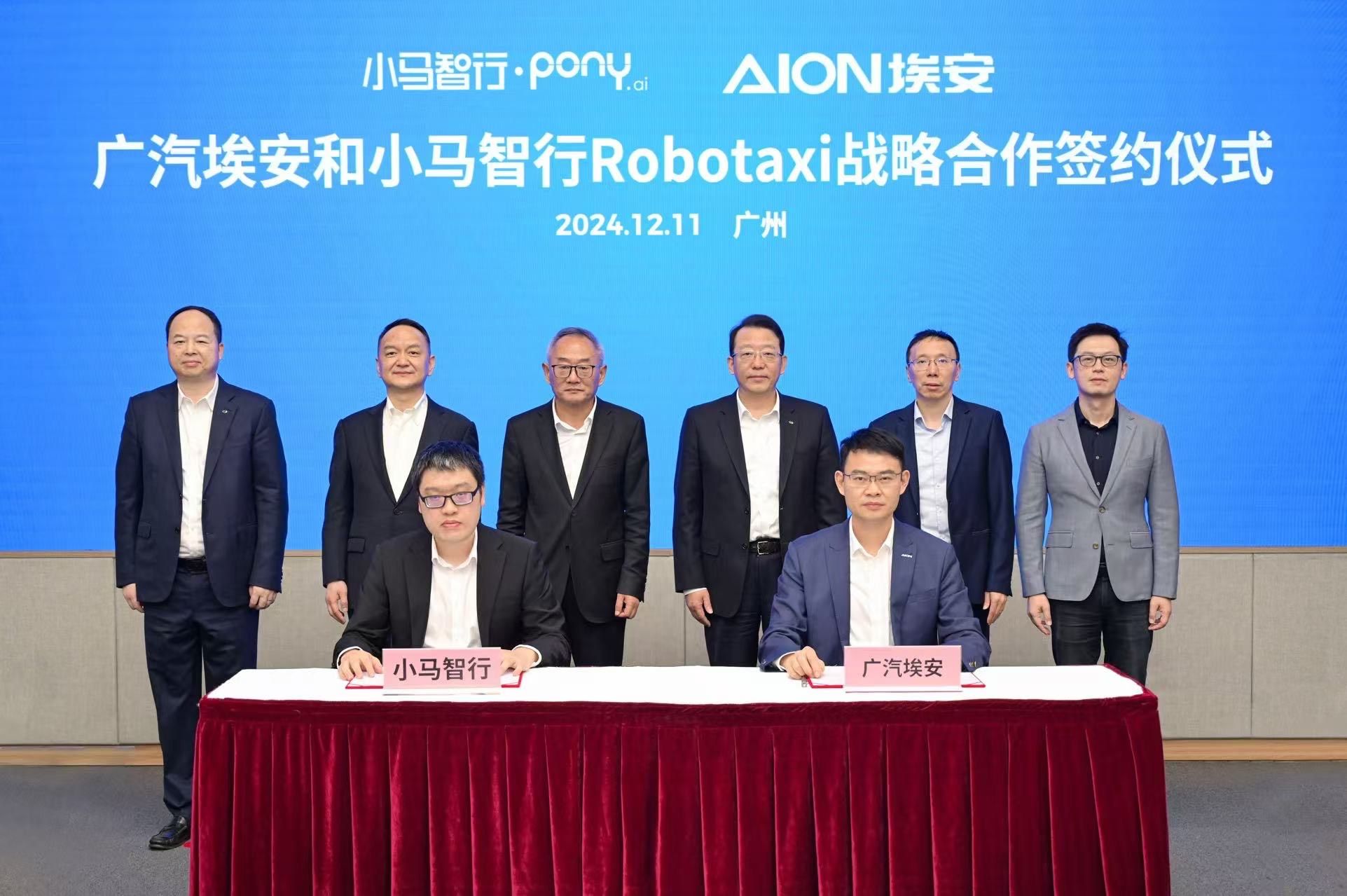
Sign up for daily news updates from CleanTechnica on email. Or follow us on Google News!
Pony.ai Robotaxis Gallop to Hong Kong
Pony.ai currently has 250+ robotaxis in operation in Beijing, Guangzhou, and Shenzhen (without safety drivers). It’s now looking to expand into Hong Kong, following somewhat more mature rival Baidu there. In particular, Pony.ai will be operating robotaxis at the Hong Kong International Airport as shuttles for airport employees. Naturally, the plan is to eventually expand into the city, “urban Hong Kong,” and serve any humans who want a ride.
“Hong Kong will provide even more unique driving opportunities for Pony.ai’s leading autonomous vehicle technology to shine, including: left-side of the road driving, dense traffic and a highly complex driving environment such as special types of traffic intersections,” Pony.ai adds. And before I go on, I have to note that every time I write the company’s name, a Ginuwine song from the 1990s plays in my head, a song I just happened to hear on the radio today after not hearing it for who knows how long? (And, yes, I believe I did have that CD in high school and college — and probably still in a closet somewhere.)
Pony.ai Robotaxis Operating Elsewhere
Returning to our regular programming, at the moment, Pony.ai is providing robotaxi services to and from Beijing Daxing International Airport as well as “testing its autonomous vehicles on the main roadways to and from Guangzhou Baiyun International Airport.” Operating in major cities around airports is a huge portion of the taxi industry’s work, but the company is doing much more than that already. This is a truly impressive territory of operation for the young company (which was founded in just 2016):
“This news comes on the heels of a December 27th announcement in which Pony.ai was named among the first batch of companies to receive mutual recognition qualification in operating cross-regional autonomous robotaxi services throughout major cities in China’s Greater Bay Area region, including Guangzhou and Shenzhen, among them. In the future, Pony.ai’s autonomous vehicles will seamlessly shuttle between mutually recognized locations in the Guangdong-Hong Kong-Macao Greater Bay Area, with cross-city autonomous vehicle services connecting airports and high-speed rail stations, providing local residents with safe, reliable and convenient robotaxi transportation experiences.
“Pony.ai is among the first in China to obtain licenses to operate fully driverless vehicles in all four Tier-1 cities in China (Beijing, Guangzhou, Shanghai, Shenzhen) and has begun to offer public-facing, fare-charging robotaxi services without safety drivers in Beijing, Guangzhou and Shenzhen. Pony.ai has also expanded its presence to Europe, East Asia, the Middle East, and other markets, ensuring widespread accessibility to its advanced technology. […]
“Pony.ai’s average daily orders received per robotaxi exceeded 15 in the six months ended June 30, 2024, setting a key milestone toward large-scale commercialization of Level 4 robotaxis.”
Here’s a little more from the company on who it is and what it’s doing before I get to some other news: “Pony AI Inc. (‘Pony.ai’) (NASDAQ: PONY) is a global leader in the large-scale commercialization of autonomous mobility. Leveraging its vehicle-agnostic Virtual Driver technology — a full-stack autonomous driving technology that seamlessly integrates its proprietary software, hardware, and services, Pony.ai is developing a commercially viable and sustainable business model that enables the mass production and deployment of vehicles across transportation use cases.”
Pony.ai × GAC = Mass-Market Robotaxis
A few weeks ago, Pony.ai also announced a collaboration with GAC AION, the new energy vehicle (NEV) division of Chinese auto giant GAC, “to jointly develop a large-scale, mass produced robotaxi.” GAC AION’s global version vehicle will be operating on Pony.ai’s 7th generation autonomous driving system.
The company plan to produce 1,000+ robotaxis together, and the first batch of them will be produced this year, in 2025. Presumably, these custom vehicles will optimize efficiency, comfort and convenience for customers, and integrating autonomous driving hardware. I’m eager to see what the vehicles look like. And if I ever make it to Hong Kong, I hope I can get picked up by a Pony.ai–GAC AION electric robotaxi.

Chip in a few dollars a month to help support independent cleantech coverage that helps to accelerate the cleantech revolution!
Have a tip for CleanTechnica? Want to advertise? Want to suggest a guest for our CleanTech Talk podcast? Contact us here.
Sign up for our daily newsletter for 15 new cleantech stories a day. Or sign up for our weekly one if daily is too frequent.
CleanTechnica uses affiliate links. See our policy here.
CleanTechnica’s Comment Policy






